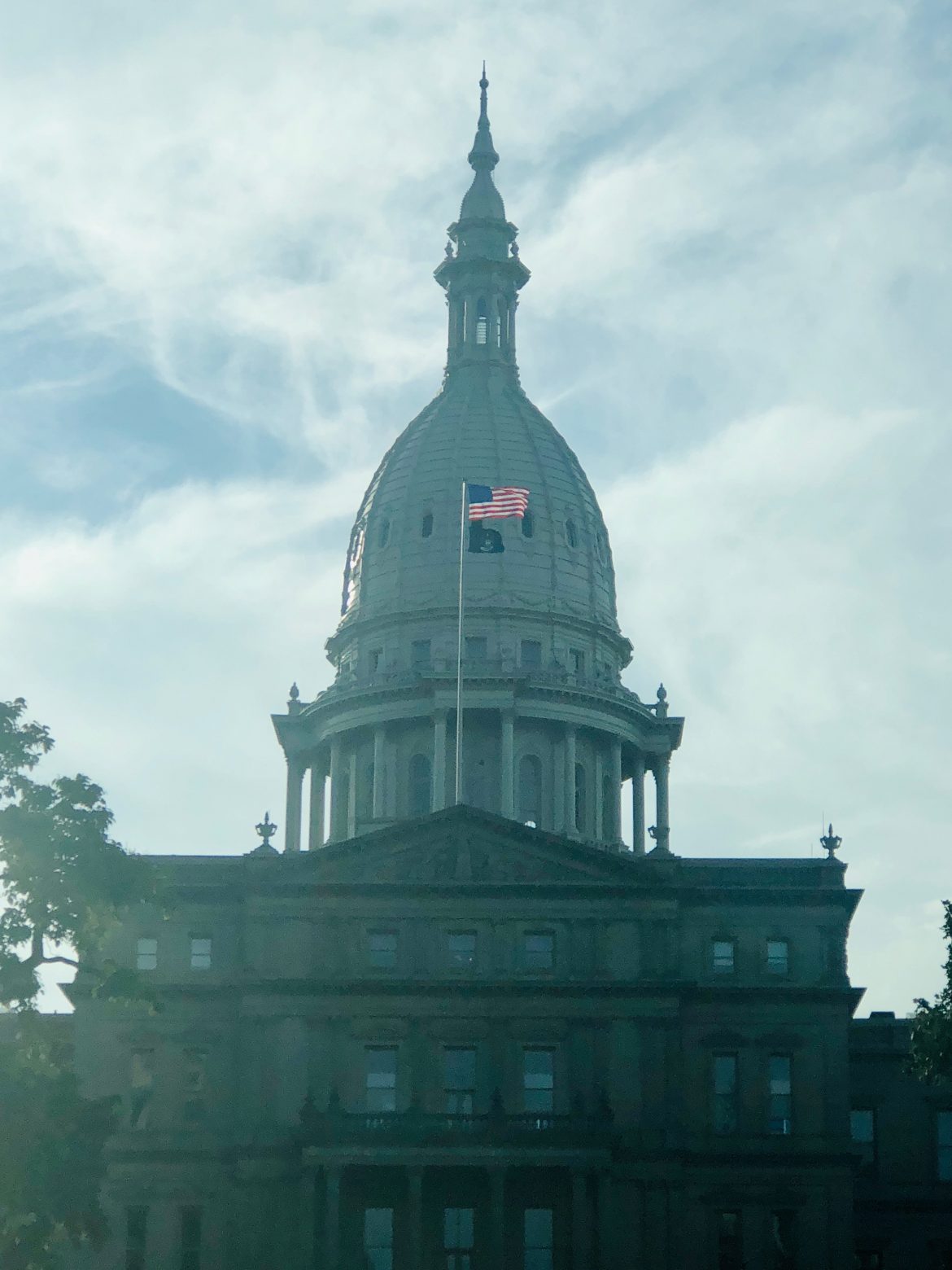News
Michigan has officially legalized marijuana, but what comes next?
|
When voters approved Proposal 1 on Nov. 6, they made Michigan the 10th state in the U.S. to legalize recreational marijuana. The proposal, which officially went into effect on Dec. 6, allows individuals 21 and older to purchase, possess, grow and use marijuana recreationally. The proposal also imposes a 10-ounce limit at residences, and permits a retail sales tax of 10 percent to marijuana products dedicated to the implementation costs of schools, roads, clinical trials and municipalities where marijuana businesses are located.







